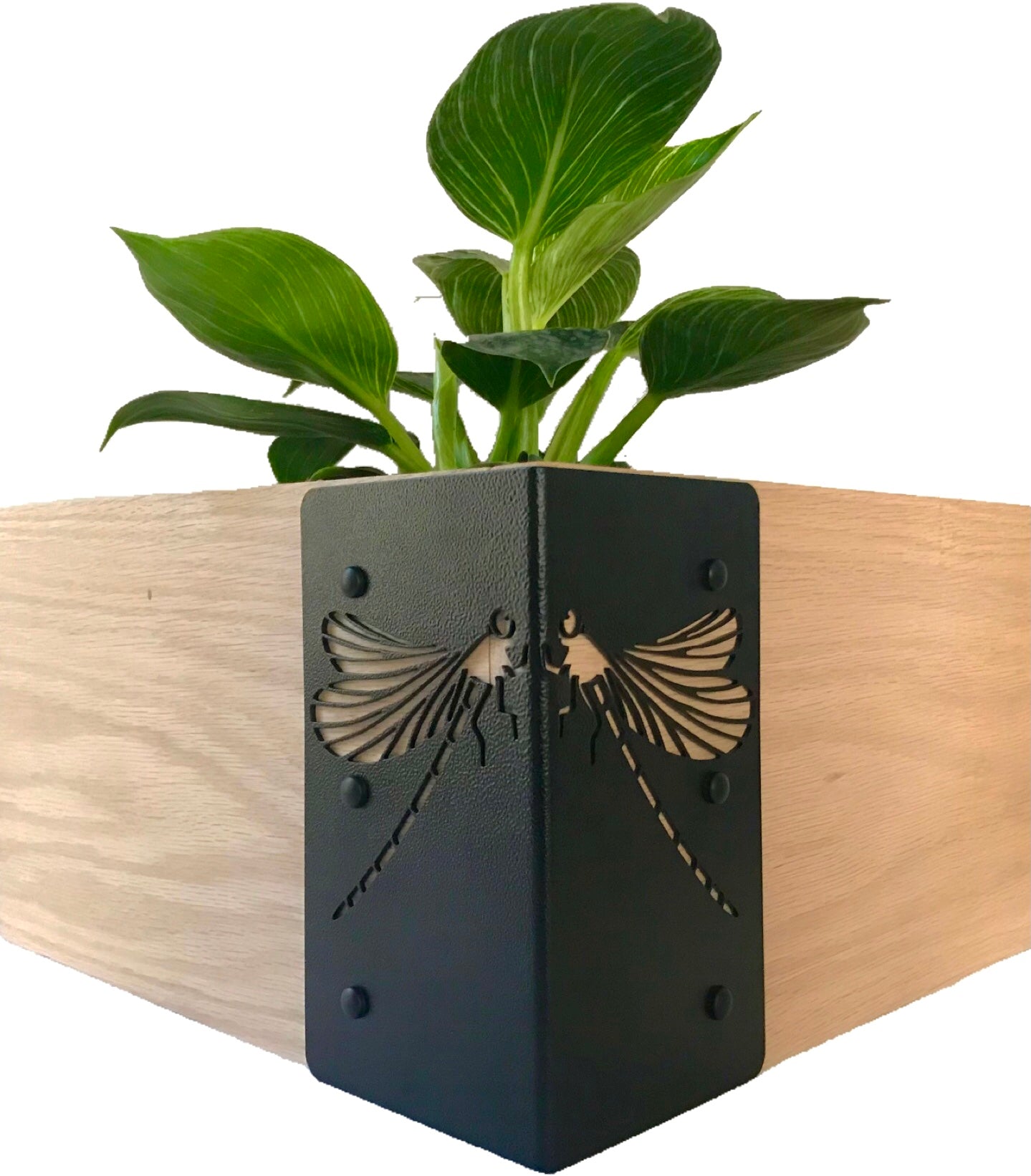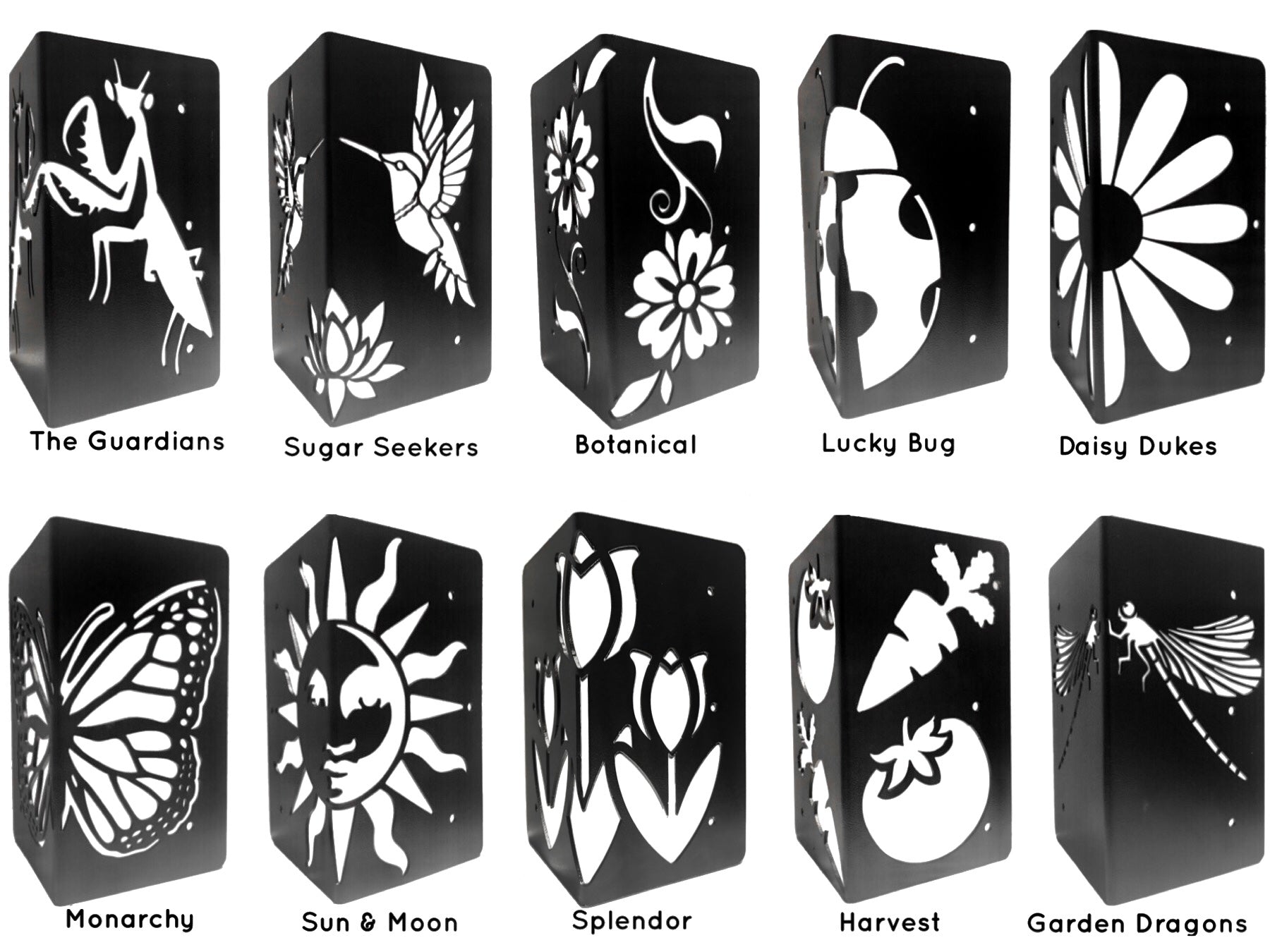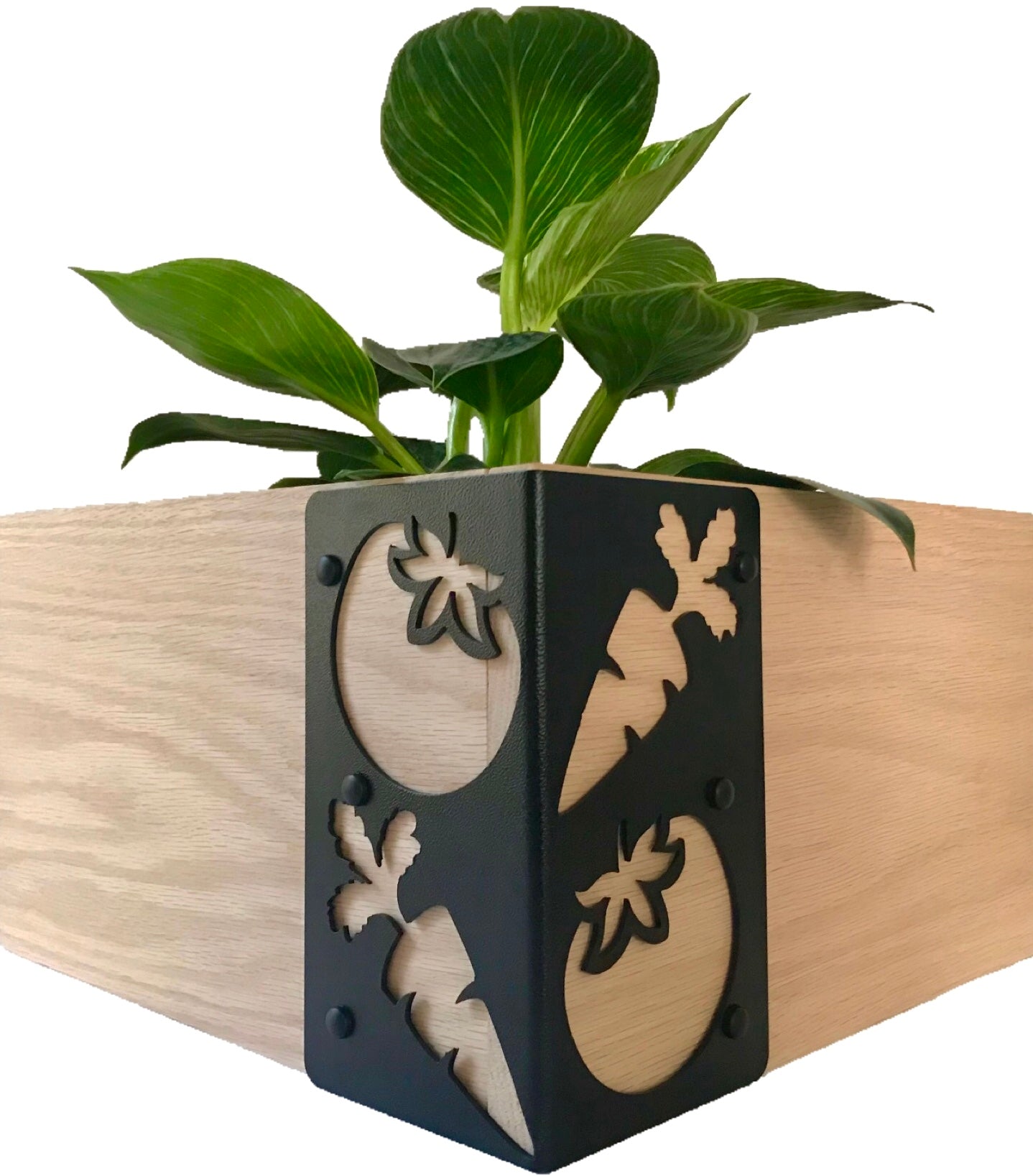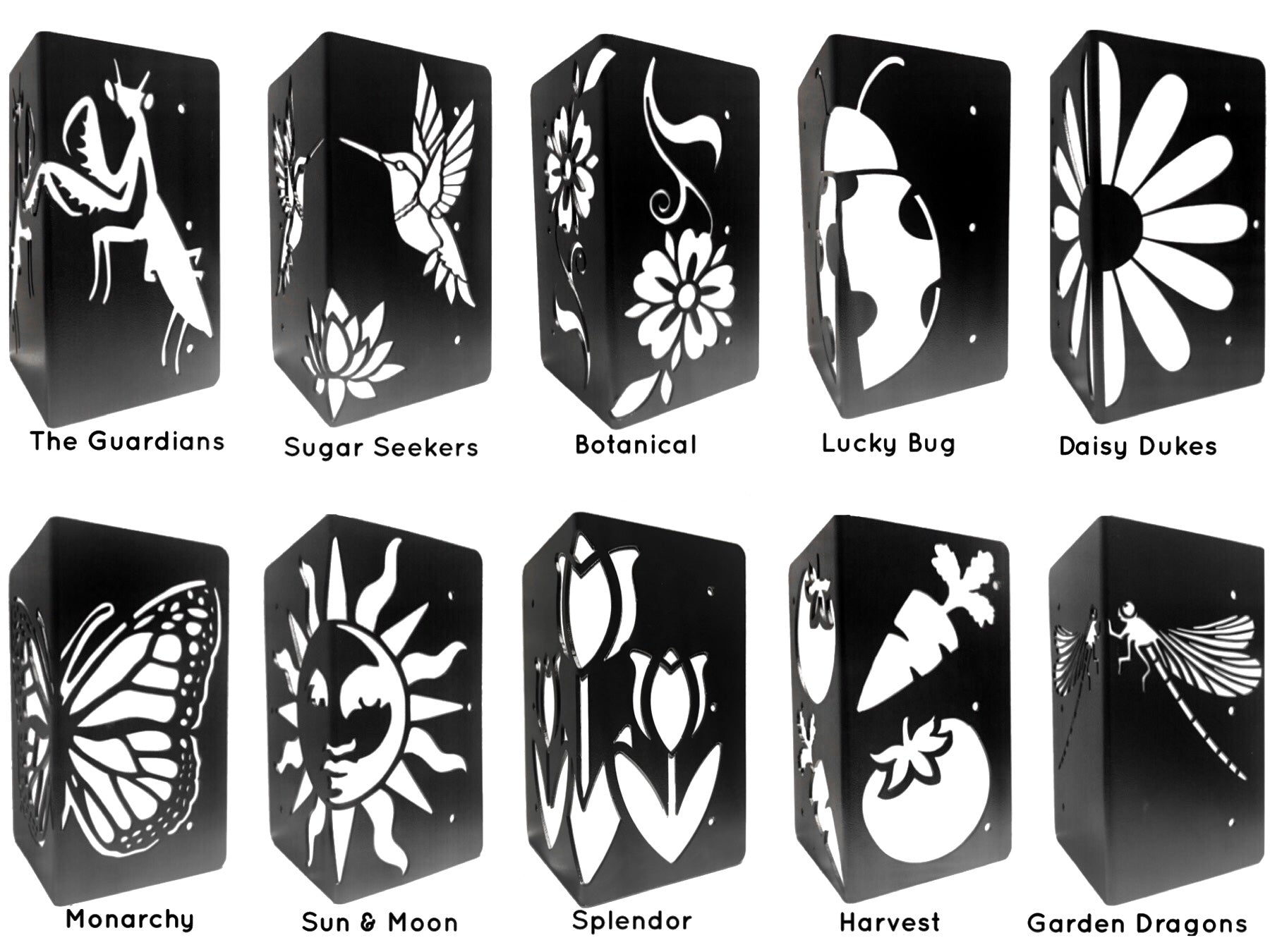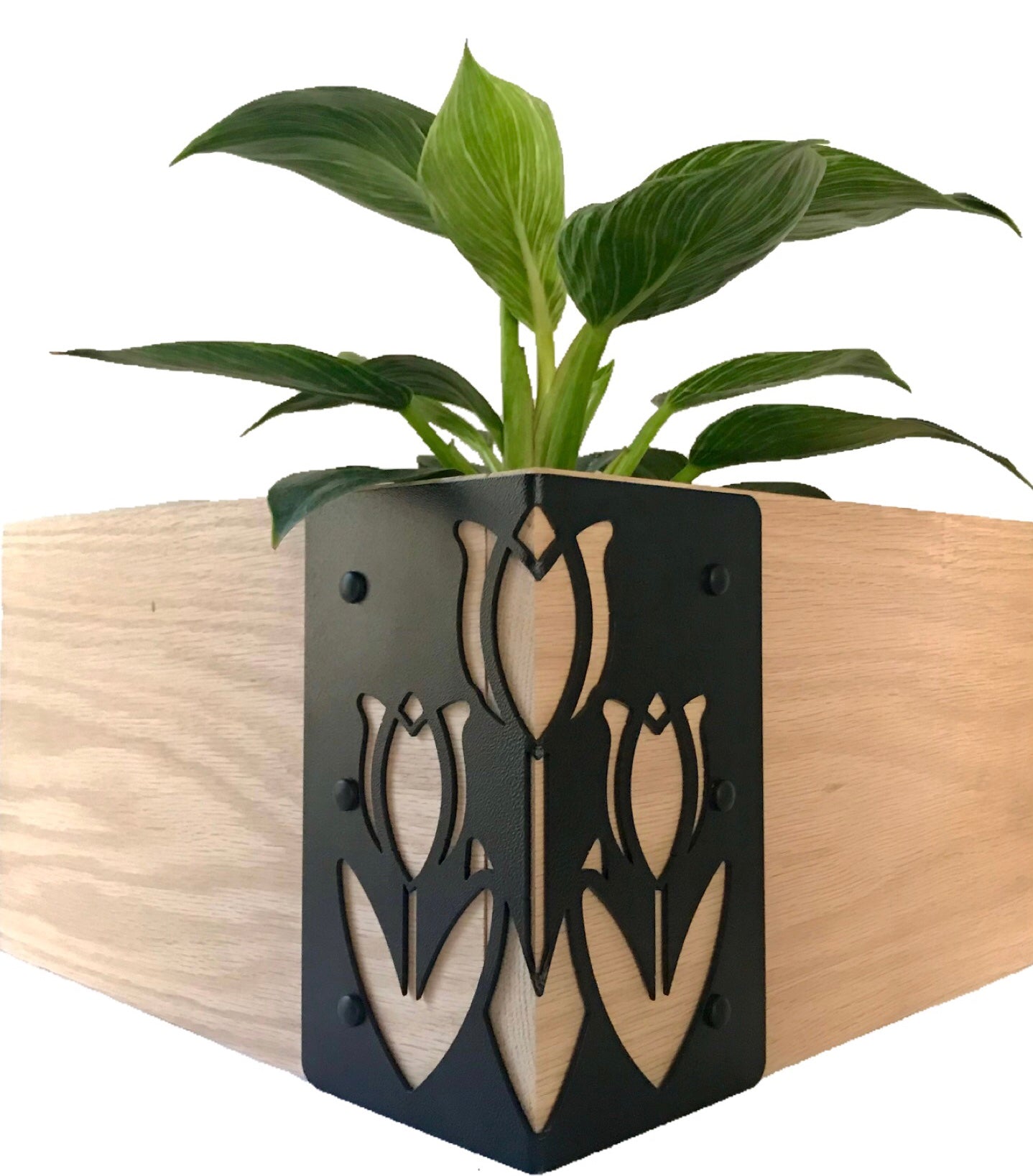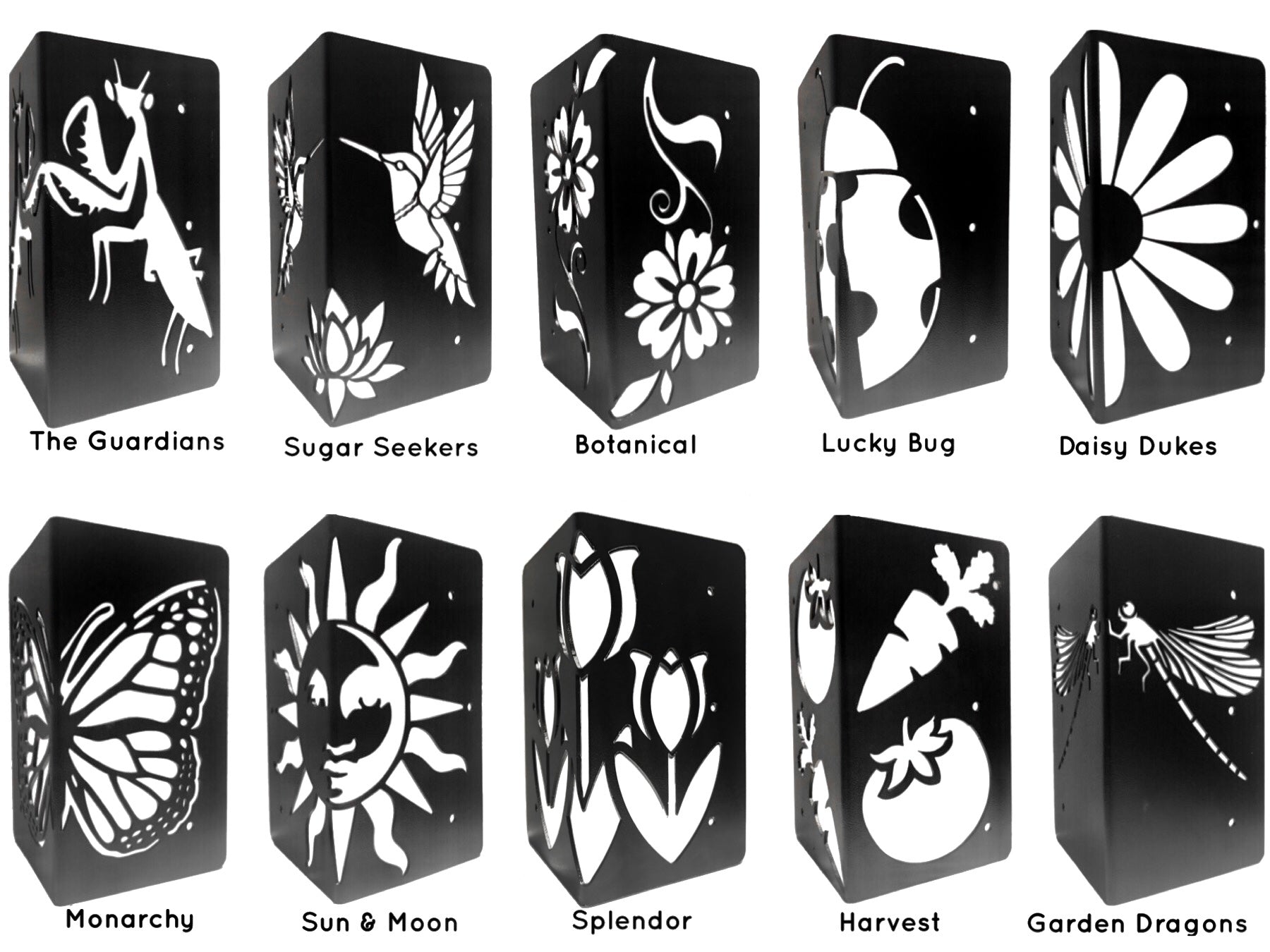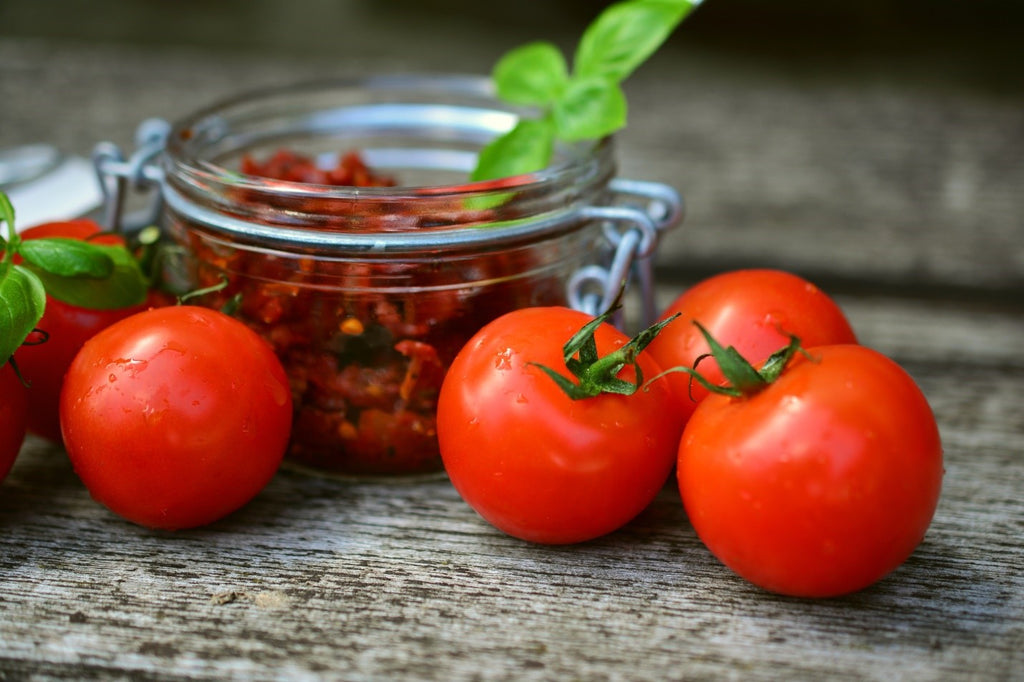
Best Time to Start Planting Your Tomato Plants

If you have never taken a bite of a fragrant, freshly-ripened tomato fruit plucked directly from your own garden plant, you haven’t tasted a real tomato. Once you have enjoyed that taste, there’s no going back, you’ll never again be satisfied with a supermarket product. Luckily, growing a tomato plant is very easy and provides enough produce for us to enjoy.
Tomato plants are long-season, sun-loving plants that can’t tolerate frost. It’s better to set them into the garden soil as young seedlings after the weather has warmed up in spring. A transplant or young seedling can also be purchased from a garden center, but there is something rewarding about starting seeds indoors to grow your plant. Moreover, by starting plants through seeds, we get to choose from among various tomato varieties that are available as seed but rarely available as seedlings.
In this article, we have covered all the necessary information that you’ll need to know for the best planting time to grow tomatoes successfully in your garden.
PLANTING TOMATOES
Growing Tomato Seeds Indoor
- It is best to start tomato seeds about 6 to 8 weeks indoor, before the last spring frost.
- Select pots with drainage holes, and sow tomatoes in pots with a light potting mix.
- Sow 2 to 3 seeds 2.5 cm (1 inch) apart and 1.27 cm (½ inch deep) deep in a small flat or pot.
- The optimum temperature of soil required for seed germination is 30°C (86°F), but it can range between 18-30°C (65-86°F)
- You can start your seed near a big bright window or under fluorescent lights fixed about 5 cm ( 2 inches) above the plants.
- Keep your soil mix moist until the seed germination.
- At a temperature of 24°C (75°F) or warmer, the germination of seed takes 5 to 7 days.
- Once you see that your healthy seedlings are about 5cm (2 inches) tall, clip away the weaker ones.
- Grow your remaining healthy seedlings in a space with temperature 15-21°C (60° to 70°F); allow a gentle breeze from a ceiling fan to rustle over healthy seedlings every day, so their stems can become stronger.
- About 2 weeks after germination, transfer your seedlings to large 10cm (4-inch) pots: be very gentle while doing this to avoid damaging roots. This process is known as potting up.
Transplanting seedlings to the soil
- Garden soils become warm enough for the transplantation of tomato seedlings about two to three weeks after the last spring frost.
- The outdoor soil temperature should be at least 13°C (55°F), and night-time air temperature should be consistently 10°C (50°F ) or warmer for the transplantation of seedlings.
- Just keep in mind that these young seedlings are extremely sensitive at this stage; they will not thrive in temperatures cooler than 10°C (50°F). In case of an unexpected frost threat, cover and protect young transplants.
- Remove the lower leaves of young plants’ stem up to the 2 top sets of leaves. Now set the seedling in the garden soil deeper than it was in its indoor pot; bury the stem up to the 2 tops sets of leaves. The process of roots growth will start from the buried stem. Also, burying the plants’ stem at the time of transplanting will make for studier plants.
- Water your newly transplanted seedlings and give them a B-1 solution to protect them against transplant shock.
Hardening off / Acclimatization
- Before planting your younger tomato seedlings, first, harden them off for their highest survival rate.
- For this, initially put your seedling trays or containers in a shady outdoor place during the daytime for a few hours.
- Gradually increase the time until after a week or two, you can leave them outside all night.
When is it too late to plant tomatoes:
An easier way to get the timing right for planting tomatoes is by knowing when not to plant them in your garden. This information is particularly beneficial when you’re confused about the longest time you can keep growing them.
Fortunately, no matter the variety of tomatoes, they all have specific “days to maturity.” This is an average period of time that determines how long your plant will take from starting to bearing fruits.
So, knowing when not to plant a tomato plant takes only simple math:
- Determine your areas’ date of the first frost.
- Now count the number of remaining days left before that date.
- In the last step, compare that number to the days of maturity.
If there are fewer remaining days until the first frost than your plants’ days of maturity, it means it’s too late to plant now.
Different tomato varieties can take a different length of the growing season and are categorized into 3 different groups:
Early season tomatoes: they take up to 65 days to ripen. Soma popular varieties are below:
- Subarctic – 42 days
- Stupice – 55 days
- ‘Silvery Fir Tree’ – 58 days
- Bush beefsteak – 62 days
- Cherry tomatoes – 65 days
- Cold set – 65 days
Mid-season tomatoes: they take 70 to 80 days. Below we have mentioned a few popular varieties:
- Brandywine – 74 days
- Beefsteak – 75 days
- Atkinson – 75 days
- Abraham Lincoln – 77 days
- Caspian pink – 80 days
Late-season tomatoes: they take more than 80 days to ripen. Some of the best varieties include:
- Cherokee Purple – 80 days
- Amana Orange – 85 days
- Hillbilly – 85 days
- Hugh’s – 85 days
- Bull’s Heart – 90 days
Tomato is a simple, easy-growing, and incredibly productive garden vegetable. Planting time is the most important factor for the success of this delicious garden crop. Read the article carefully to know the perfect time for growing this juicy vegetable in your yard.


